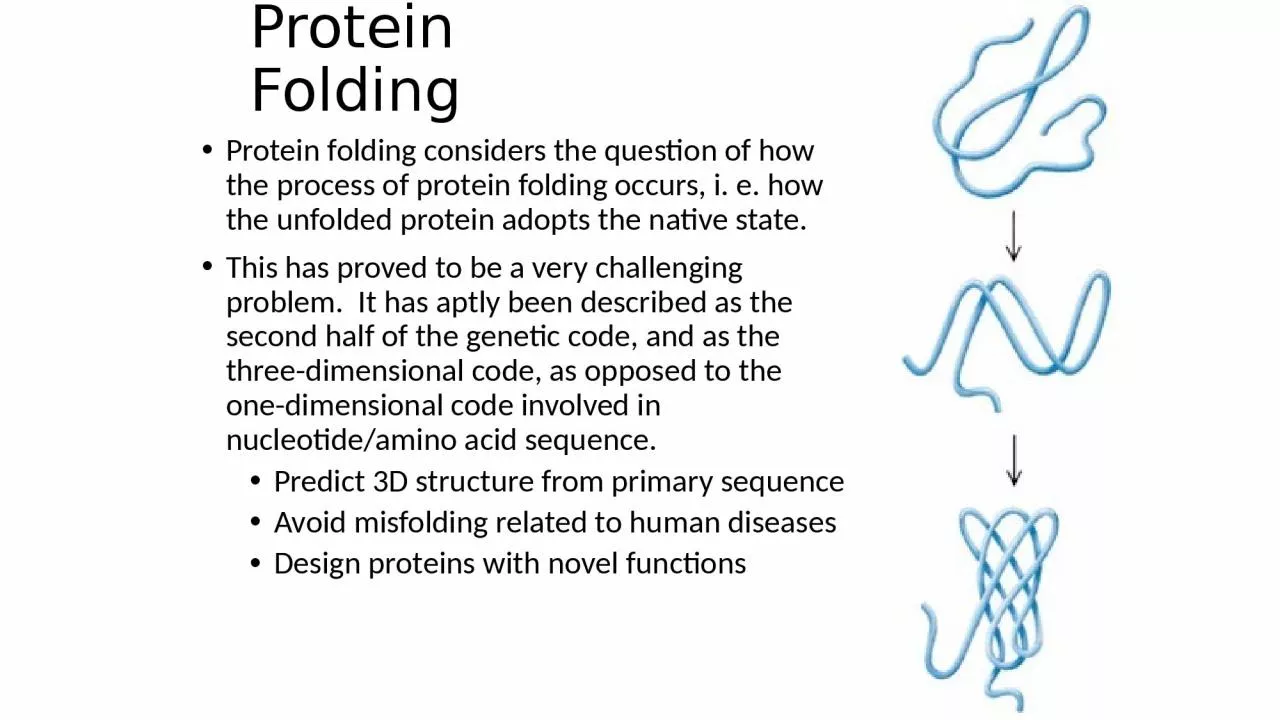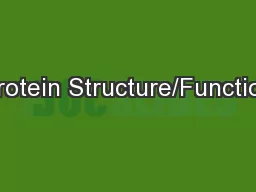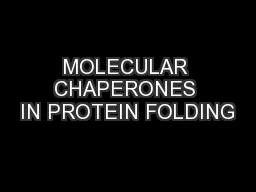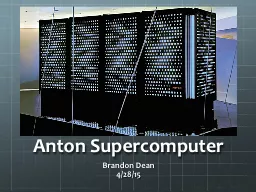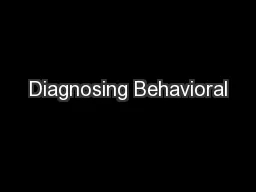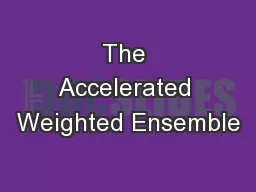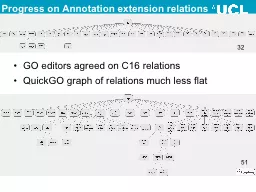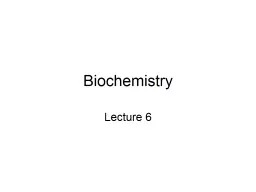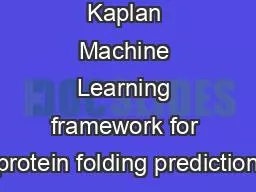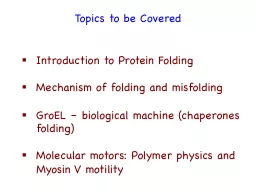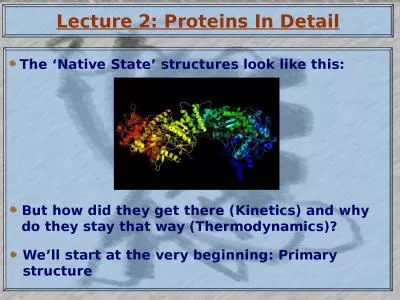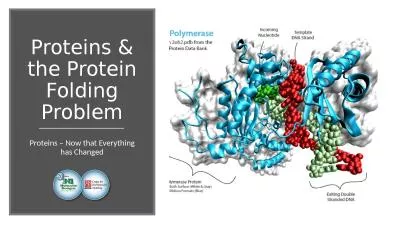PPT-Protein Folding Protein folding considers the question of how the process of protein folding
Author : white | Published Date : 2023-12-30
This has proved to be a very challenging problem It has aptly been described as the second half of the genetic code and as the threedimensional code as opposed to
Presentation Embed Code
Download Presentation
Download Presentation The PPT/PDF document "Protein Folding Protein folding consider..." is the property of its rightful owner. Permission is granted to download and print the materials on this website for personal, non-commercial use only, and to display it on your personal computer provided you do not modify the materials and that you retain all copyright notices contained in the materials. By downloading content from our website, you accept the terms of this agreement.
Protein Folding Protein folding considers the question of how the process of protein folding: Transcript
Download Rules Of Document
"Protein Folding Protein folding considers the question of how the process of protein folding"The content belongs to its owner. You may download and print it for personal use, without modification, and keep all copyright notices. By downloading, you agree to these terms.
Related Documents

